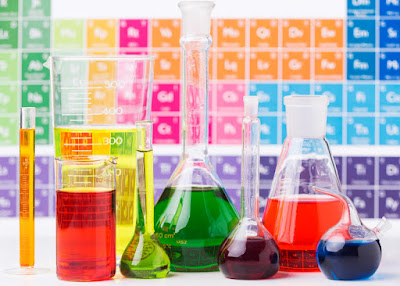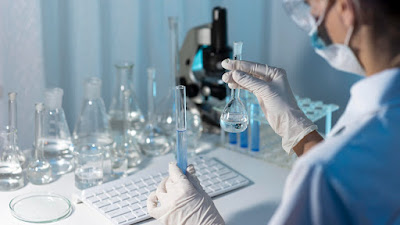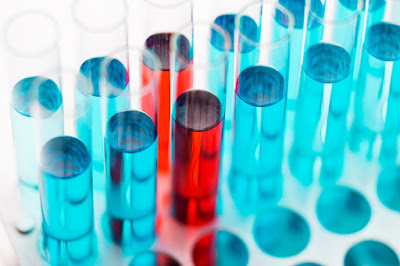What Are Common Types of Laboratory Reagents for Different Processes?
Laboratory reagents have a multitude of functions when it comes to chemical reactions or processes. The purpose generally is to initiate a chemical reaction between the reactants while not being part of the formation of the product itself. Sometimes reagents are also used to determine if a certain product is produced, they can be of many forms and structures. Some types of reagents are pure substances and some are compounds or mixtures.
They usually come in the form of inorganic chemicals and are
sometimes made of organic molecular structures. Some reagents can be used for
multiple kinds of reactions
while others tend to be specific and serve their purpose for a certain reaction
only. Following are types of lab reagents that are commonly used in
laboratories.
Hydrochloric Acid
This acid is very corrosive and has many
industrial purposes. It is commonly used to make PVC pipes and polyurethane.
While in lower concentration this reagent is used in leather processing in
household cleaning agents and built-in construction. Surprisingly hydrochloric
acid is also used as food additives mostly in artificial food like gelatin,
sweeteners, and vegetable oil preservatives. Other purposes include regulation
of acidity in some solutions, production of organic and inorganic compounds,
and steel pickling.

Nitric Acid
This acid is also very corrosive and is normally colorless
but if stored for long periods it acquires a yellow color. It is a very strong
oxidizer since it's a very strong oxidizing agent the reaction it creates with
many organic chemicals tends to be very explosive. Caution must be exercised
when handling this reagent. The industrial use of this chemical is also varied,
nitric acid is popularly used in
making rocket fuel, it is also being used in semiconductor production as well
as an artificially aging pine and maple wood to give it an old waxy look.
Sulfuric Acid
This acid is also very corrosive because of its high
acidity. This is also very caustic and does a very powerful dehydrating
property. This chemical compound exists not just in our planet but also in
Venus and Europa one of Jupiter’s moons. According to experts’ sulfuric acid production
can be a very good indicator of how a country is doing. Because sulfuric acid
is one of the most usable laboratory reagents in the world. Industrial use of
sulfuric acid can be attributed
to fertilizer production. They are also used in creating soaps and detergents.
These types of lab reagents are also widely used in paint and in the
pharmaceutical industry.
Formic Acid
It is also known as methanol acid, is also one of the common types of lab reagents that can be seen in the laboratory. They occur naturally in ants and also in pistons. This reagent is colorless but pungent can be dissolved in most solvents like water. The main use of formic acid is as an antibacterial and a preservative agent for animal feeds. Another use for this reagent is a leather-making process. This reagent is also widely used in the production of toilet bowl cleaners.





Comments
Post a Comment